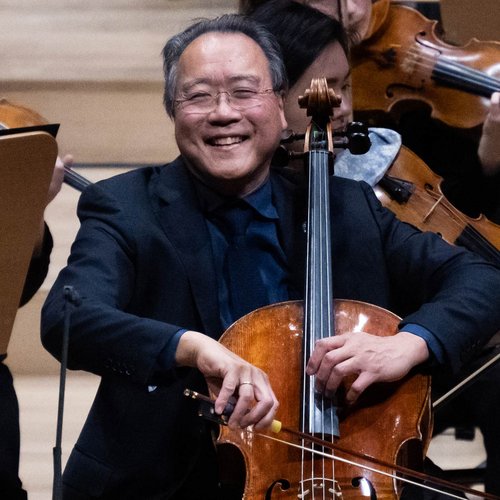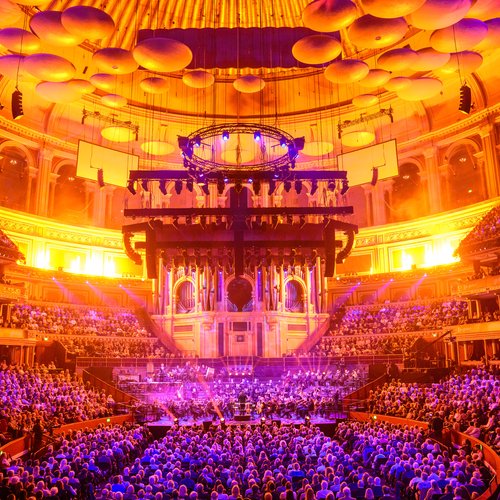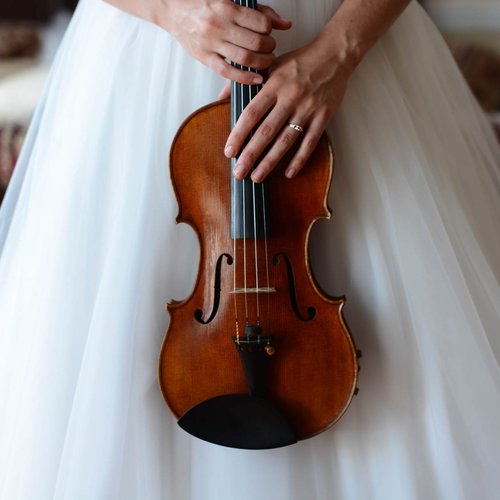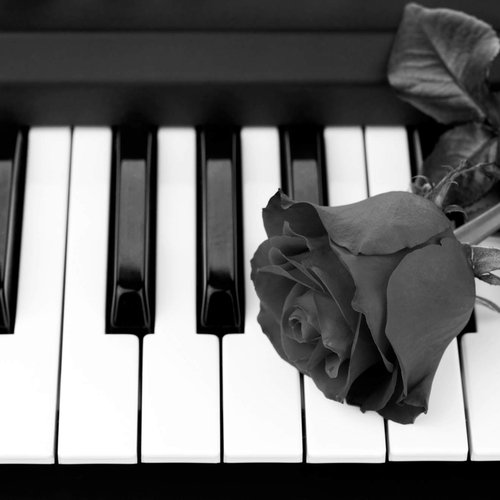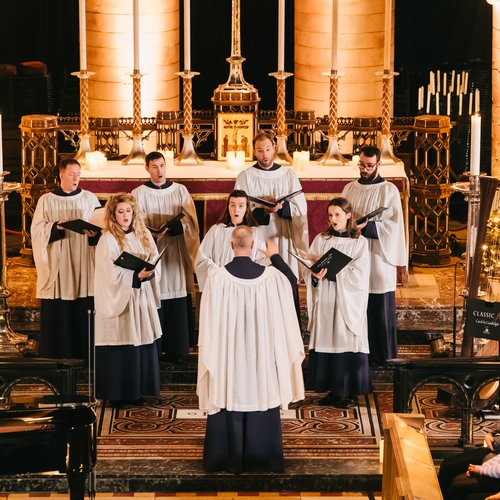The unstoppable rise of NFTs, and what they could mean for classical music
26 October 2021, 16:16 | Updated: 31 October 2021, 00:04

Classical music is having its own reckoning with NFTs. But what could they mean for the future of the genre?
Before February 2021, pretty much no one in the world had searched for, mentioned, or even thought about buying an NFT. Now, people are spending millions to own provably original versions of “one-of-a-kind” assets, from iconic tweets to viral videos.
But what actually are NFTs, or ‘non-fungible tokens’? In economics, non-fungible describes a one-of-kind, unique good, that can’t be easily exchanged for a similar product. NFTs are scarce digital assets with distinctive characteristics, and this makes them difficult to swap for another similar product because they will likely not have the same value.
Examples of NFTs that have been sold range from Twitter CEO Jack Dorsey’s first tweet, to a 20-second video clip of LeBron James ‘Cosmic Dunk #29’.
The most expensive NFT to be sold is the whopping $69 million (£50 million) price tag which was put on digital artist (known professionally as Beeple) Mike Winkelmann’s artwork, Everydays: the First 5000 Days.
But what about NFTs in music? Could someone own a piece of music? Could someone even own a performance?
Read more: How much would your favourite classical composers have earned on Spotify?
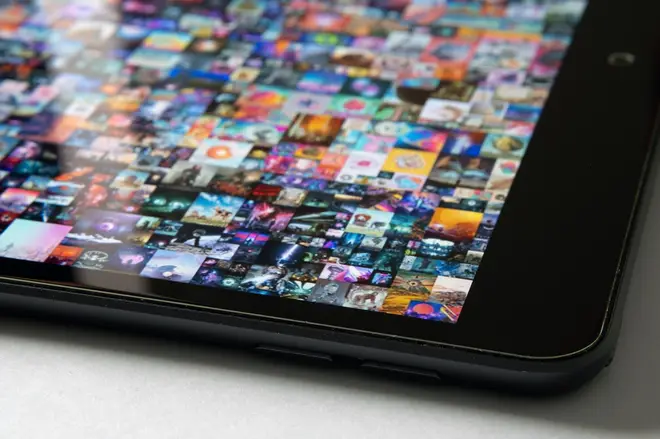
Could musical compositions and performances be sold as NFTs?
They can, and that’s exactly what the Dallas Symphony Orchestra did over summer in order to help their fellow musicians.
From March 2020, the Metropolitan Opera Orchestra were out of work due to the pandemic, and the New York opera house did not re-open until its September 2021 performance of Terence Blanchard's Fire Shut Up In My Bones.
The Dallas Symphony Orchestra were however, able to begin giving performances again from Autumn 2020, and consequently wanted to do something to help.
They subsequently invited 50 musicians from the Metropolitan Opera Orchestra, to join the Dallas Symphony Orchestra for performances of Mahler’s Symphony No.1 on 30 April and 1 May 2021.
Dallas raised money in order to pay each of the 50 visiting musicians a week’s salary to perform, as well as present a series of master classes and chamber music performances. A 90-minute program was created all about this collaboration, and it will be shown on KERA-TV in North Texas on Friday 29 October at 9pm and Sunday 31 October at 12pm.
The acclaimed performance was described as a “sonic extravaganza” and full of “dazzling excitement.” by the Dallas Morning News, and a video performance of the event was called “fresh, vivid and cumulatively quite moving” by The New York Times.
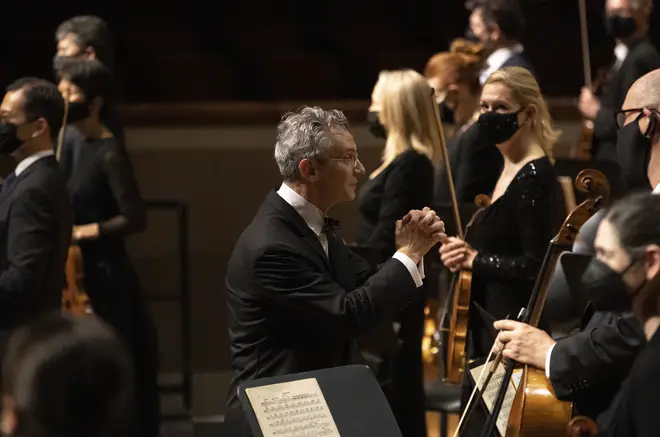
‘NFTs can generate new streams of revenue for artists’
Two months after the performance, the DSO released a three-level NFT celebrating the historic musical event.
The filmed version of the concert, along with other VIP perks, are available on the online marketplace, Rarible, where buyers can bid or buy the NFTs.
By uploading to Rarible, the performance was “minted”, an important part of the transformation process from digital art to NFT.
“The collaboration with the Dallas Symphony Orchestra marks a significant milestone in our journey to take NFTs mainstream and to reach new audiences,” said Alex Salnikov, Head of Product & Co-founder of Rarible.
“Like so many, the musicians of the Met Opera Orchestra were affected by the shut-down. This NFT is a true testament to the value NFTs can generate for artists and creators by creating new streams of revenue.”
A Mozart NFT is currently on sale
Other classical music ensembles who have taken advantage of NFTs journey to the mainstream include Verdigris, a Dallas-based professional vocal group.
Betty’s Notebook, is a multi-layered, multimedia choral piece, musical adaption of a distress call from American pilot, Amelia Earhart.
The distress call is said to have been made after her famed disappearance, and was heard by a 15-year-old civilian, Betty, who recorded the call in her notebook.
This piece went to auction at Async Art, an NFT platform which sells ‘programmable’ art, and sold for over $375,000 (£271,600).
A multi-layered version of Mozart’s Eine kleine Nachtmusik, is also currently being sold on Async Art.
The project titled MozartBeats, uses multiple tracks which can be the remixed, allowing buyers to “create a personally crafted, magical and unique tapestry of sound, closely related to Mozart’s original [work].”
It’s list price currently stands at $188,626 (£137,000).
We're still sitting on cloud nine after the Vienna-based live performance of MozartBeats by @NFTunes_ and @rhett...😍 (check out Variant 1 👇)
— Async Art (@AsyncArt) October 20, 2021
The Master Track is still available: https://t.co/V9viUBezxG
And limited edition Blank Records are, too (!): https://t.co/BRYZXu4edu pic.twitter.com/e2kpcPdbxA
What could NFTs mean for classical music?
NFTs have created a brand new, shiny distribution model that allows artists to reach consumers by avoiding the middleman.
Musicians across genres such as pop and electronic are already making millions using NFTs, and with the current trend, it wouldn’t be surprising to see them become more common in classical.
And with the DSO leading the way with its example of musical solidarity, NFTs could be the lifeline classical musicians deserve after these past 18 months of financial insecurity.

























